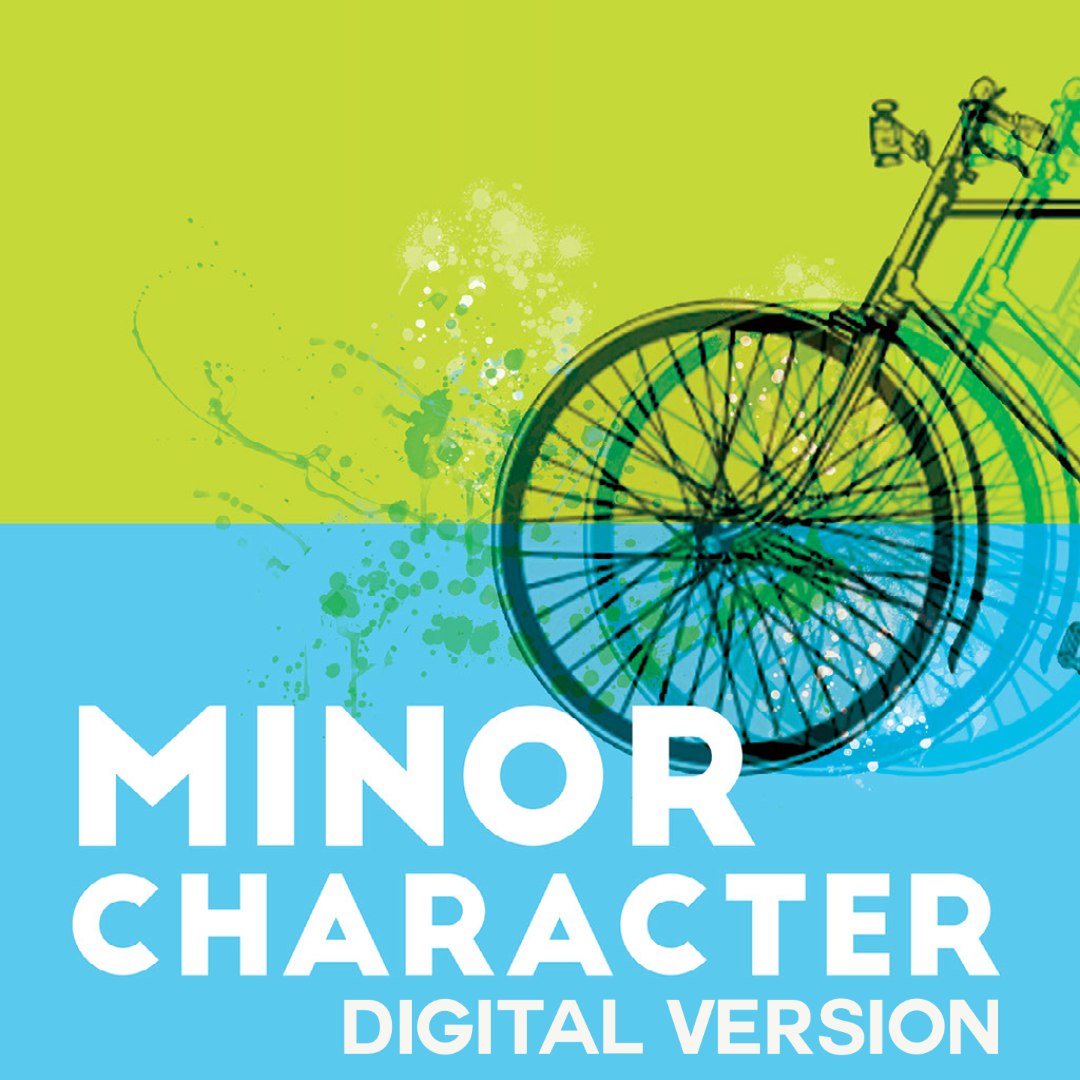

November 5, 2021
by Alisa Stamps, MSS, LCSW, Therapist and author of The Gaslighting Recovery Journal
________________
Wilma Co-Artistic Director and ‘Minor Character‘ Co-Creator Morgan Green said one idea at the heart of the play is that “everyone has multiple selves inside of themselves.”
In an earlier blog post, the show’s creative team previously responded to Morgan’s quote, and what the idea of “multiple selves inside of themselves” means to them.
In this new essay, therapist Alisa Stamps offered her reflections from a clinical perspective.
________________

We speak in this language all the time:
“A part of me really wants to go out to dinner, and another part of me really wants to stay home.”
“A part of me feels motivated to change, and another part of me wants to curl up in bed and never face anyone again.”
“A part of me wanted to write this blog article, and another part of me was fearful that I wouldn’t have anything meaningful to say.”
You get my point. We can often speak from a “part-of-self” perspective, rather than directly from our “Self energy.”
What do I mean when I say, “part-of-self” vs. “Self energy?” These terms come from a therapeutic modality called Internal Family Systems or IFS. In this type of therapy, a client begins to explore their inner worlds, thus getting to know different parts of themselves.
Clients hear the stories of their various protective parts (known as “managers” or “firefighters”), aiming to un-blend with these parts to arrive into true “Self energy.” They also have the opportunity to begin to heal the parts of them that usually stem from childhood and carry much pain and trauma (known as “exiled parts”). The hope is that once these parts have been healed, learning that they don’t need to function as urgently as they once did, the authentic Self (known as “the heart’s center”) will become the guiding force. Ideally, the client will then be more connected and curious than they were before.
How does this explanation of IFS pertain to the Wilma’s production of Minor Character? The Wilma’s unique spin on this classic presents layers upon layers of translation; often many cast members portray the same character at one time. If not considering this concept of IFS, it can be like watching a person with Dissociative Identity Disorder, rather than many, many present parts of Self.
If one of our parts is commandeering the “show” and we are not in Self energy then we may experience a sort-of longing for something else, anything else, that feels different. We may also find our parts relating and reacting to the other characters’ parts. We can acknowledge that these are just our parts doing their jobs, but can also bring awareness to the idea that the parts have their own reactions and reasoning for their complex behaviors and roles that they play.
And as I am writing this last sentence, two thoughts come to my mind. The first is that I once heard a “legend” about people who do not experience an inner dialogue. And second, a few years ago I did a workshop with Richard Schwartz, who is the founder of IFS, and someone asked him the question of how many parts of Self do people generally possess. His answer was somewhere between 50 and 60. 50 or 60?! To paraphrase a famous movie, The Wilma may need to build a bigger stage.
As you watch Minor Character, I invite you to not only notice the different parts of Self that the characters create, but also notice what happens in you. Does a part of Self get angry about something they are watching? Does a part within you feel right at home and validated while observing these characters? While you are watching, see if you can allow yourself to be fully immersed in the journey of this play, not only outwardly, but also from within.
How many parts of Self do people generally possess … 50 or 60?!